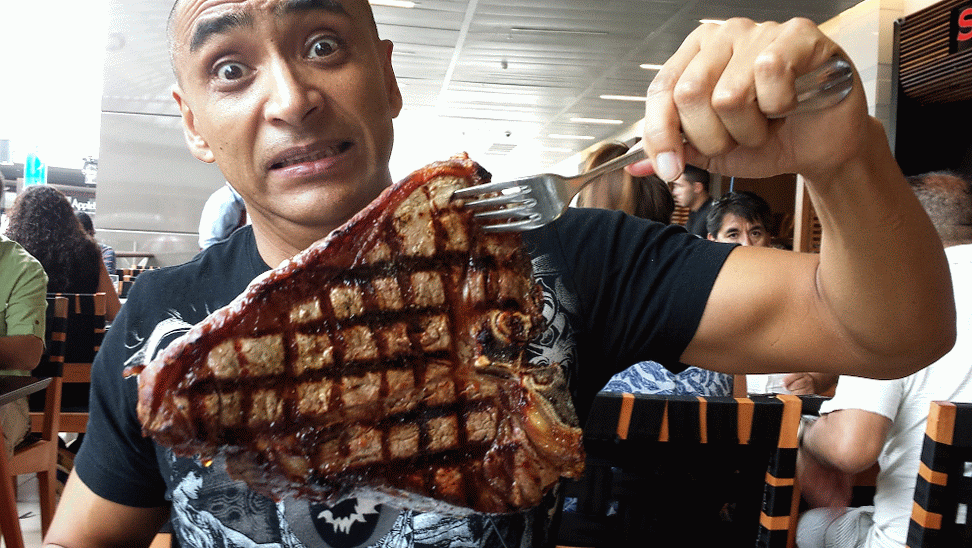
Dry-aged beef is beef that has been hung or placed on a rack to dry for several weeks. Large beef cuts are placed in a refrigerator unit, also known as a “hot box”. This process involves considerable expense, as the beef must be stored near freezing temperatures. Medium cuts can be dry aged on racks either in specially climate-controlled coolers or within a moisture-permeable drybag. Moreover, only the higher grades of meat can be dry aged, as the process requires meat with a large, evenly distributed fat content. Because of this, dry-aged beef is seldom available outside of steak restaurants and upscale butcher shops or groceries.
The key effect of dry aging is the concentration and saturation of the natural flavour, as well as the tenderization of the meat texture.
The process changes beef by two means:
- Moisture is evaporated from the muscle. The resulting process of desiccation creates a greater concentration of beef flavour and taste.
- The beef’s natural enzymes break down the connective tissue in the muscle, which leads to more tender beef.
Don’t be scare!
The process of dry-aging usually also promotes growth of certain fungal (mold) species on the external surface of the meat. This does not cause spoilage, but rather forms an external “crust” on the meat’s surface, which is trimmed off when the meat is prepared for cooking. These fungal species complement the natural enzymes in the beef by helping to tenderize and increase the flavor of the meat. The genus Thamnidium, in particular, is known to produce collagenolytic enzymes which greatly contribute to the tenderness and flavor of dry-aged meat.
(Source: Wikipedia)

